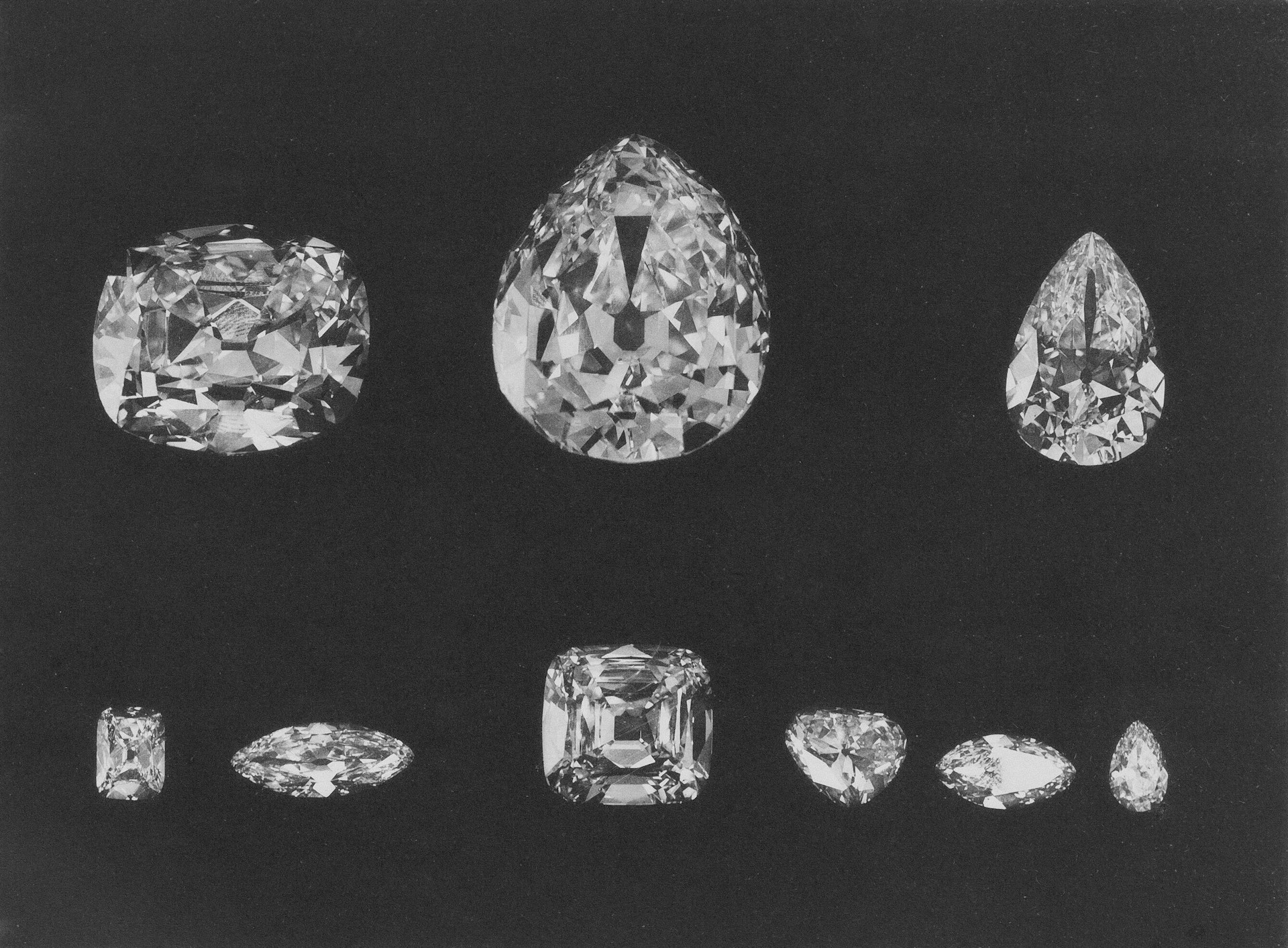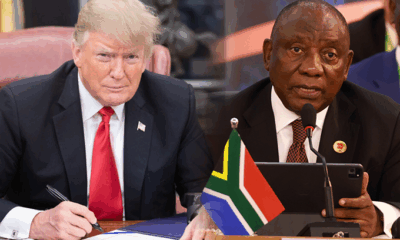News
Lab Grown Diamonds Threaten Southern Africa’s Sparkling Economies

For decades, diamonds have been the pride and prosperity of southern Africa, lifting nations like Botswana out of poverty and into global recognition. But the shimmer of the natural stone is dimming as lab-grown diamonds, cheaper and increasingly popular, unsettle an industry that has long underpinned entire economies.
Botswana Feels The Pinch First
Botswana, the world’s poster child for diamond-driven success, is now staring at a sobering reality. Natural diamonds account for about 30% of the country’s GDP and 80% of exports, according to the IMF. But with lab-grown alternatives flooding the market from China and India, the average price of a one-carat natural diamond has plunged from $6,819 in 2022 to $4,997 by late 2024.
The impact is severe. In August, the country’s public health system nearly collapsed due to dwindling funds, forcing President Duma Boko to declare a state of emergency. He has floated bold ideas, including taking majority control of De Beers and marketing Botswana’s diamonds independently.
“Diversification is essentially now or never,” warned Brendon Verster, an economist at Oxford Economics Africa.
Exploring New Wealth
Faced with shrinking reserves and falling revenues, Botswana is rushing to widen its horizons. A sovereign wealth fund has just been launched to prepare for life beyond diamonds. Officials are betting big on luxury wildlife tourism, medicinal cannabis, and solar energysectors they hope will shield the nation from the volatility of gem markets.
Other regional players like Angola, Namibia, and South Africa are less dependent on diamonds but still vulnerable. Tiny Lesotho, where diamonds contribute up to 10% of GDP, has already seen job losses, with its largest mine announcing layoffs due to weak demand.
A Social Time Bomb?
The risks stretch beyond economics. With foreign reserves dwindling and governments turning to debt, analysts warn of a “social time bomb.” Jobs are disappearing, public services are under pressure, and communities that once thrived on mining revenues face an uncertain future.
Ratings agency S&P recently downgraded Botswana’s credit rating, citing the surge of lab-grown stones, which now make up about 20% of the global diamond market by value and half of US engagement rings by volume.
Fighting Back With The “Real Thing”
In June, southern Africa’s major diamond producers, including Botswana, Angola, Namibia, South Africa, and the Democratic Republic of Congo, pledged 1% of annual diamond revenues to marketing campaigns. The goal: convince consumers that natural stones remain the ultimate luxury.
De Beers is joining the push, framing Botswana’s gems as “responsibly sourced” and tied to communities’ well-being. At the same time, the company is diversifying into tech, exploring synthetic diamonds for semiconductors and quantum networks.
For officials like Jacob Thamage at Botswana’s minerals ministry, natural and lab-grown diamonds “offer different value propositions to different consumers and therefore can and will coexist.”
Beyond The Glitter
Southern Africa’s diamond story has always been more than just businessit is tied to national identity, development, and survival. As the market shifts, the challenge is no longer just selling stones but redefining value in a world where authenticity, affordability, and sustainability all compete for attention.
For Botswana and its neighbors, the sparkle that once guaranteed prosperity is no longer assured. The question now is whether they can shine just as brightly without it.
Source:EWN
Follow Joburg ETC on Facebook, Twitter , TikTok and Instagram
For more News in Johannesburg, visit joburgetc.com



























